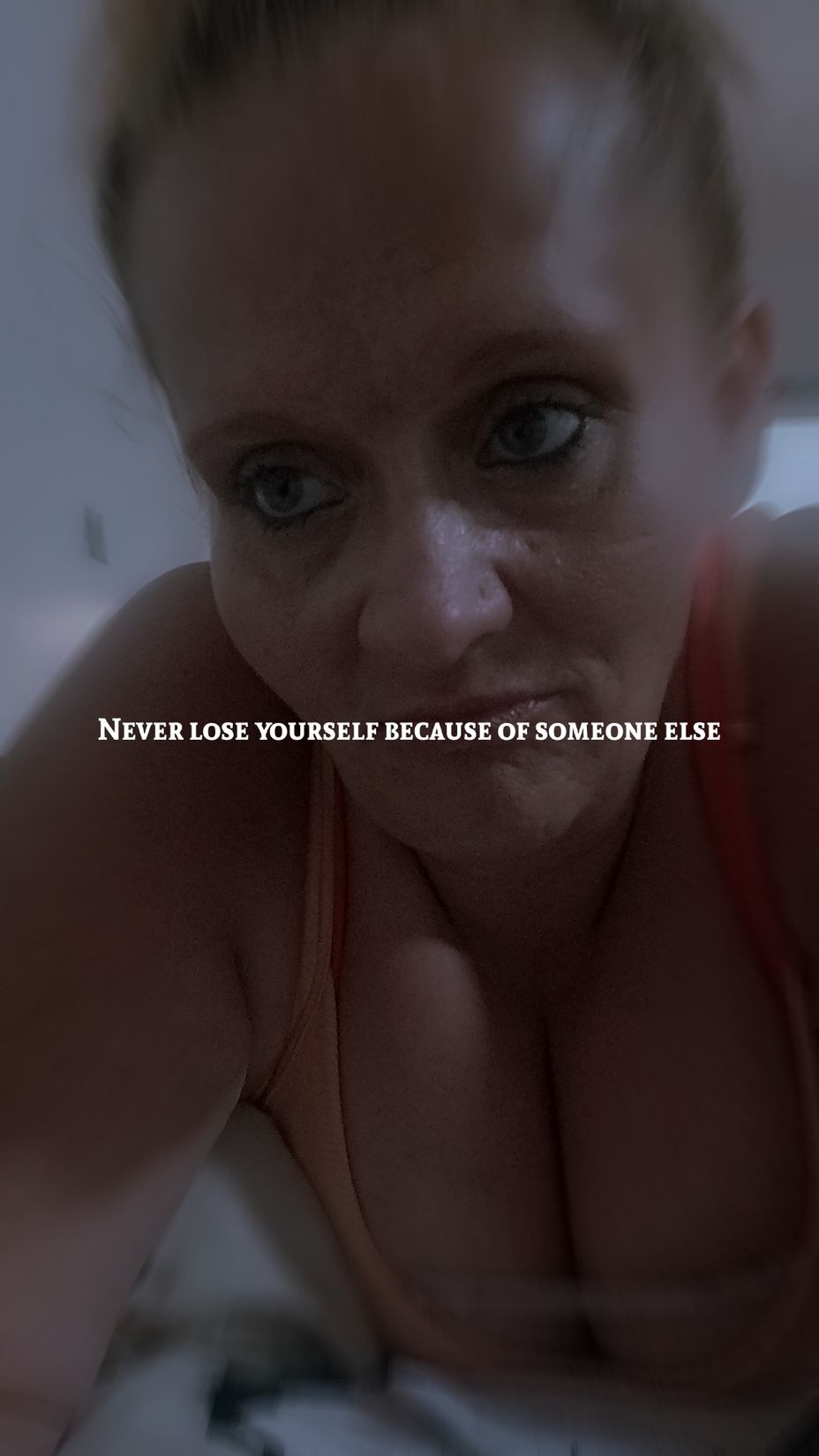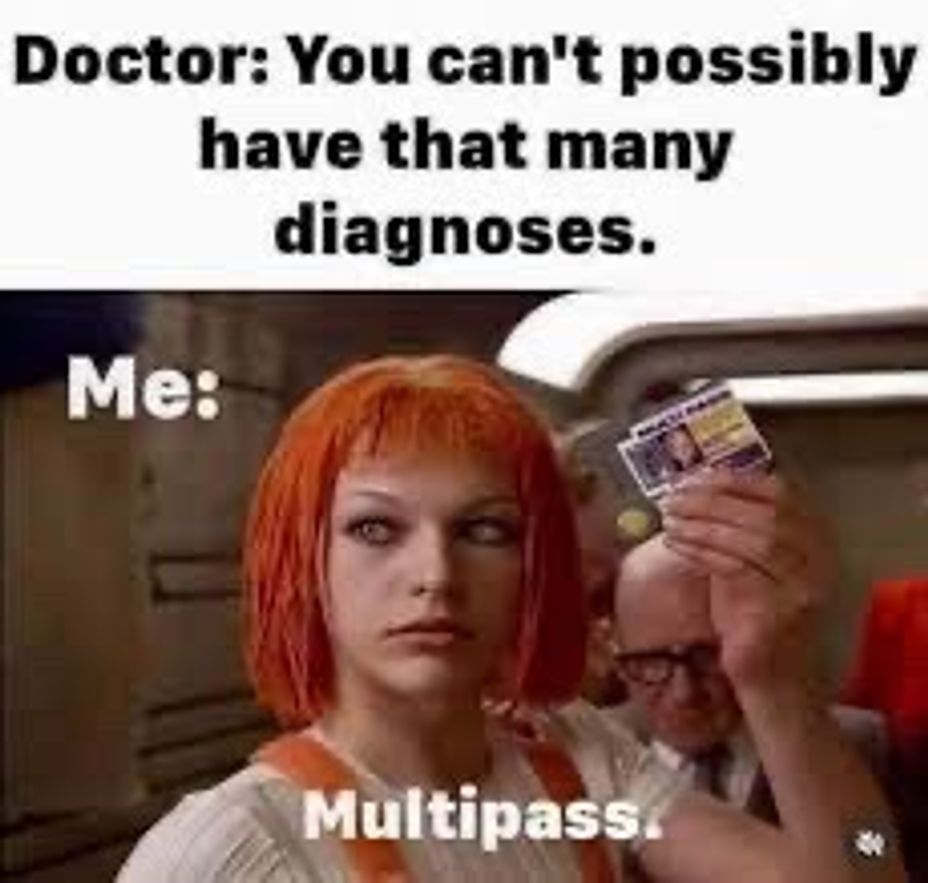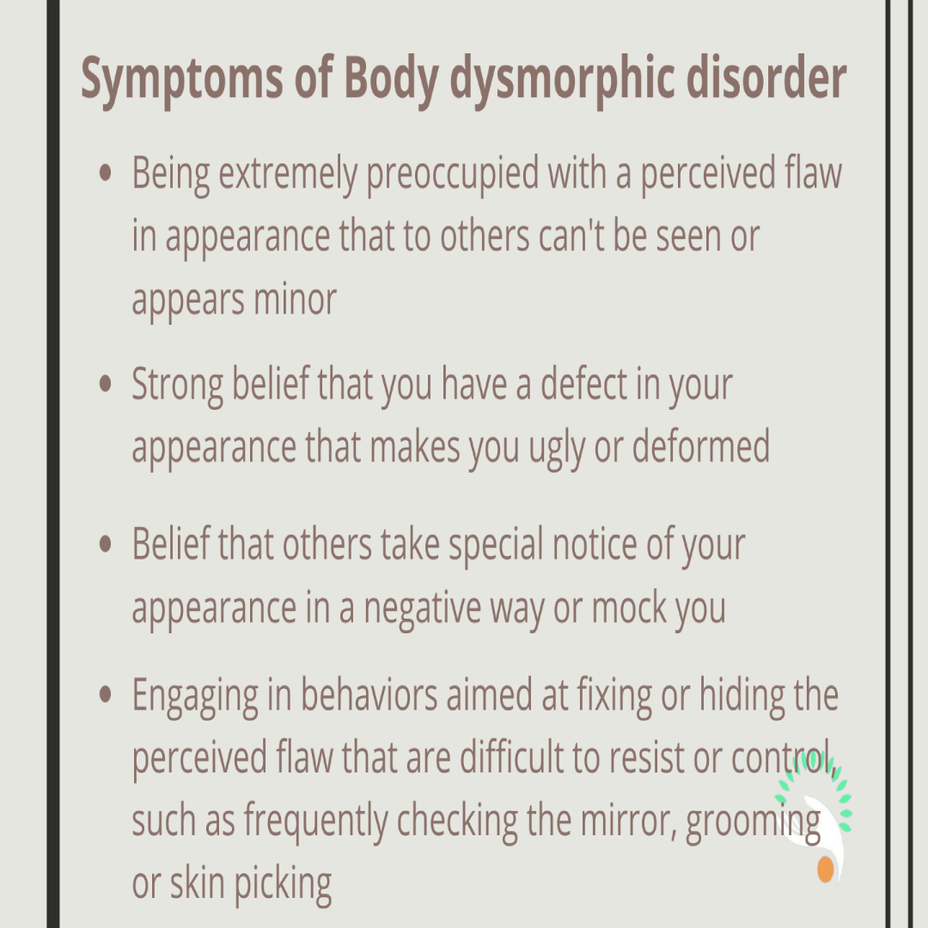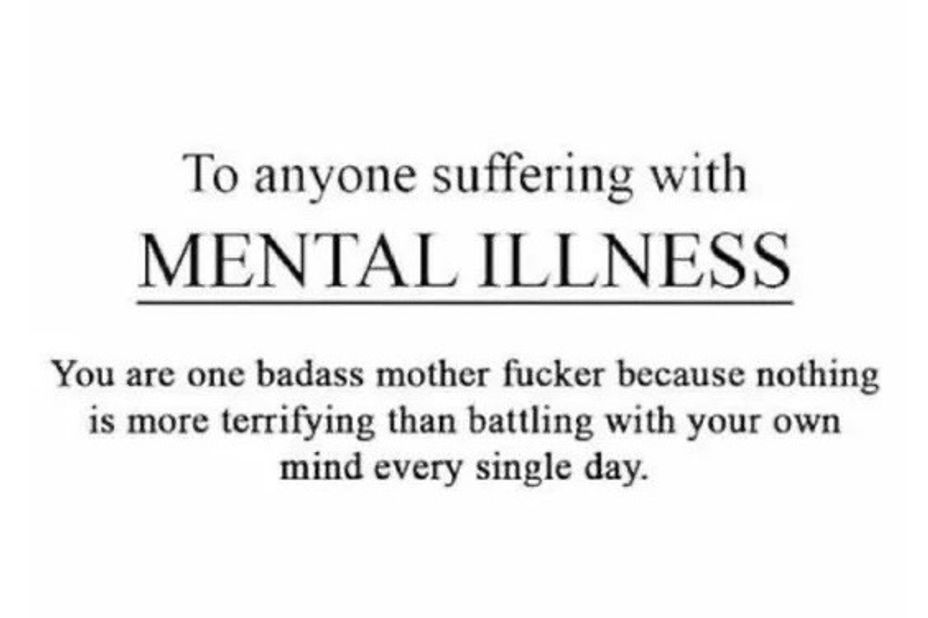The cracked mirror and the fuse This is a poem about BPD as a letter to myself #BDD #BorderlinePersonalityDisorder #MentalHealth
heart, a broken mirror, reflects both what I need and what I fear.
I want to pull you close, to tell you, "Please, don't disappear,"
but every time I lean in, a shadow whispers in my head,
"You're too much, you're not worthy," and the fear takes hold instead.
So I swing the other way, a petulant, resentful sigh.
My anger is a shield I wear, a way to make you try
to prove that you won't leave me, that you'll chase me when I'm gone.
But all it ever does is make me feel more weak and torn.
I am the anxious wire, the one that’s always frayed,
and you, a fearful phantom, for whom I've always prayed.
I see the love I want, but the self-hate screams so loud,
it tells me I should cut the cord, get lost inside the crowd.
I'm the fuse and the bomb, a match and the gas.
I want to tear down everything, to make this feeling pass.
I self-destruct to punish you, for a crime you didn't do,
to prove the whisper right, that my love could never be true.
I am a storm I can't control, a torrent in the dark.
I cling, and then I rage, a self-destructive mark.
I want to build a home with you, a safe and gentle place,
but the cracks inside my mirror show an unlovable, empty face.
#healinghurts #BorderlinePersonalityDisorderBPD #PTSD #traumabond




